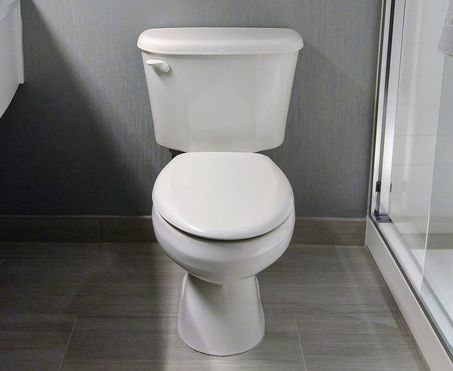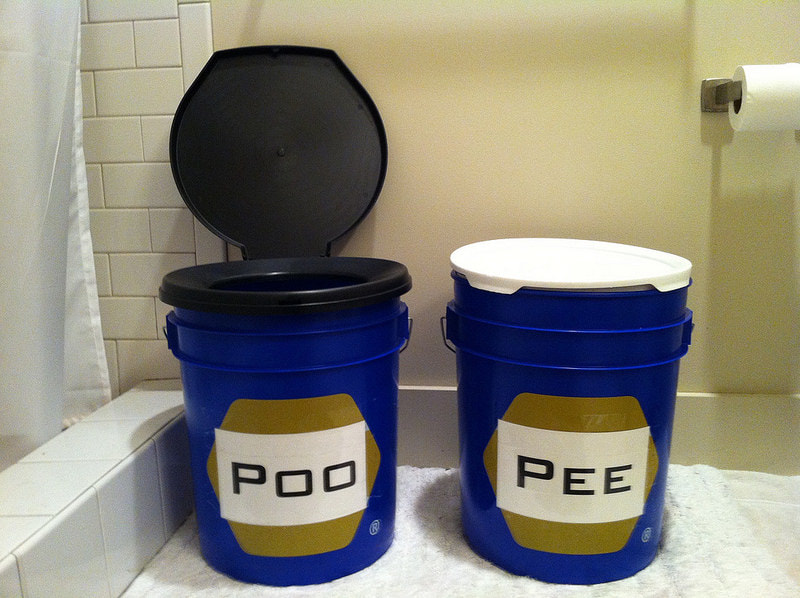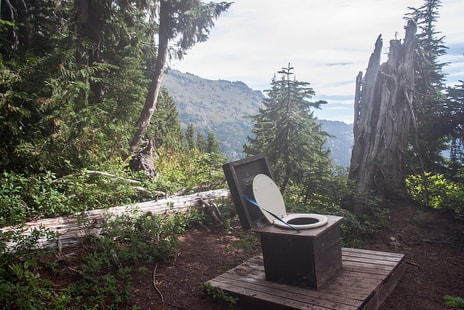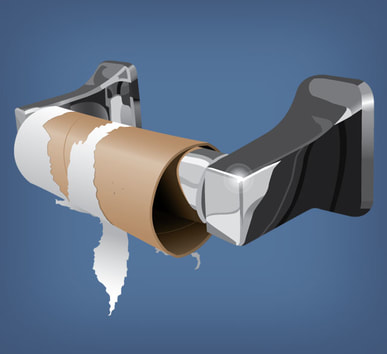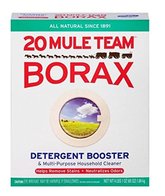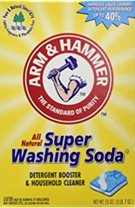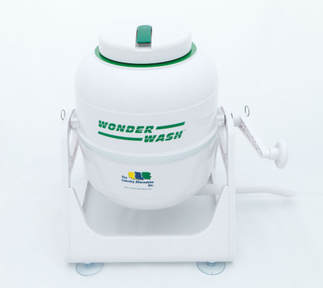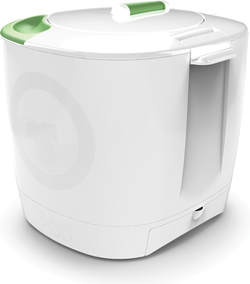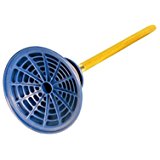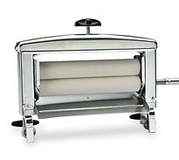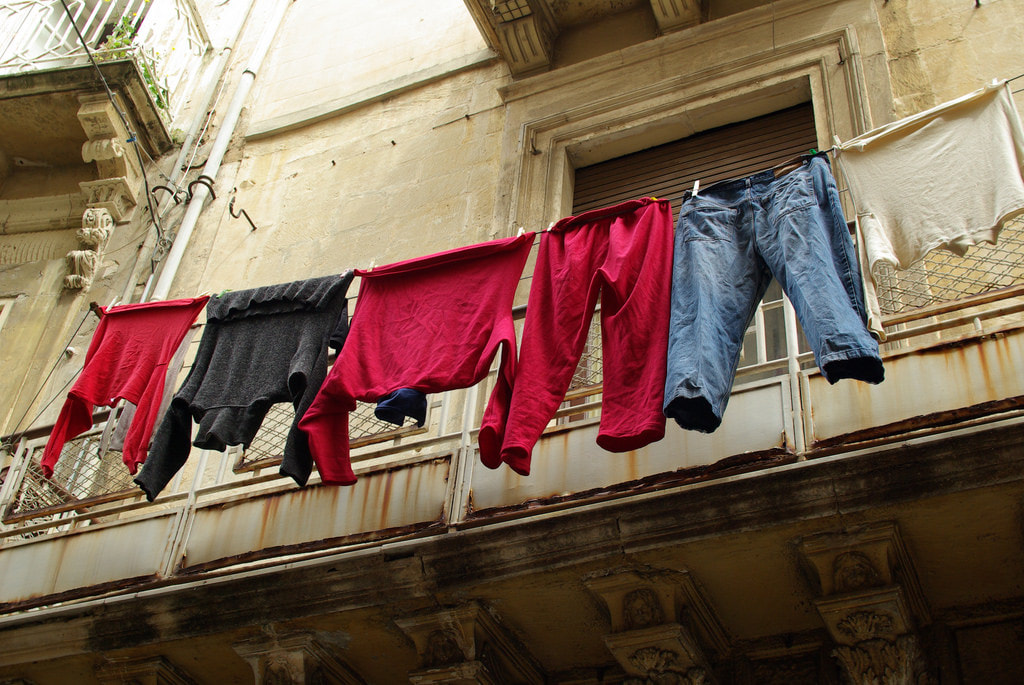SANITATION
We don't talk about sanitation much when discussing emergency preparedness, but if the water stops running after a disaster then flushing the toilet will very quickly become a messy problem! If you choose to remain in your home after a significant disaster then you'll need to know your options:
We don't talk about sanitation much when discussing emergency preparedness, but if the water stops running after a disaster then flushing the toilet will very quickly become a messy problem! If you choose to remain in your home after a significant disaster then you'll need to know your options:
|
Indoor Sanitation
With a few modifications you can use your own toilets as emergency potties
|
|
Outdoor Sanitation
Bucket Toilet
|
|
Pit Latrine
|
|
Toilet Paper Alternatives
Eventually it will run out....and THEN you can use:
|
|
LAUNDRY How will you do your laundry without power?
- 1 cup Washing Soda - 1 cup grated bar of soap then use 1-2 Tablespoons per load of laundry
- Laundry Pod |
- Then shake the bucket back and forth for several minutes.
2) Agitate clothing with a "Breathing" Mobile Washer, or you can just use a plunger
THEN: - Drain out the soapy water
- Rinse clothing by repeating the process with fresh water
large (5-gallon) salad spinner to spin your clothes dry(ish)!
- If you have neither of these, you can use a 5-gallon bucket, put hot water and detergent into the bucket, add your clothes, and use one of these cleaning options:
- Then shake the bucket back and forth for several minutes.
2) Agitate clothing with a "Breathing" Mobile Washer, or you can just use a plunger
THEN: - Drain out the soapy water
- Rinse clothing by repeating the process with fresh water
- How to wring out the clothes?
large (5-gallon) salad spinner to spin your clothes dry(ish)!
- Finally, hang your clothes to dry on a clothesline or a drying rack.
